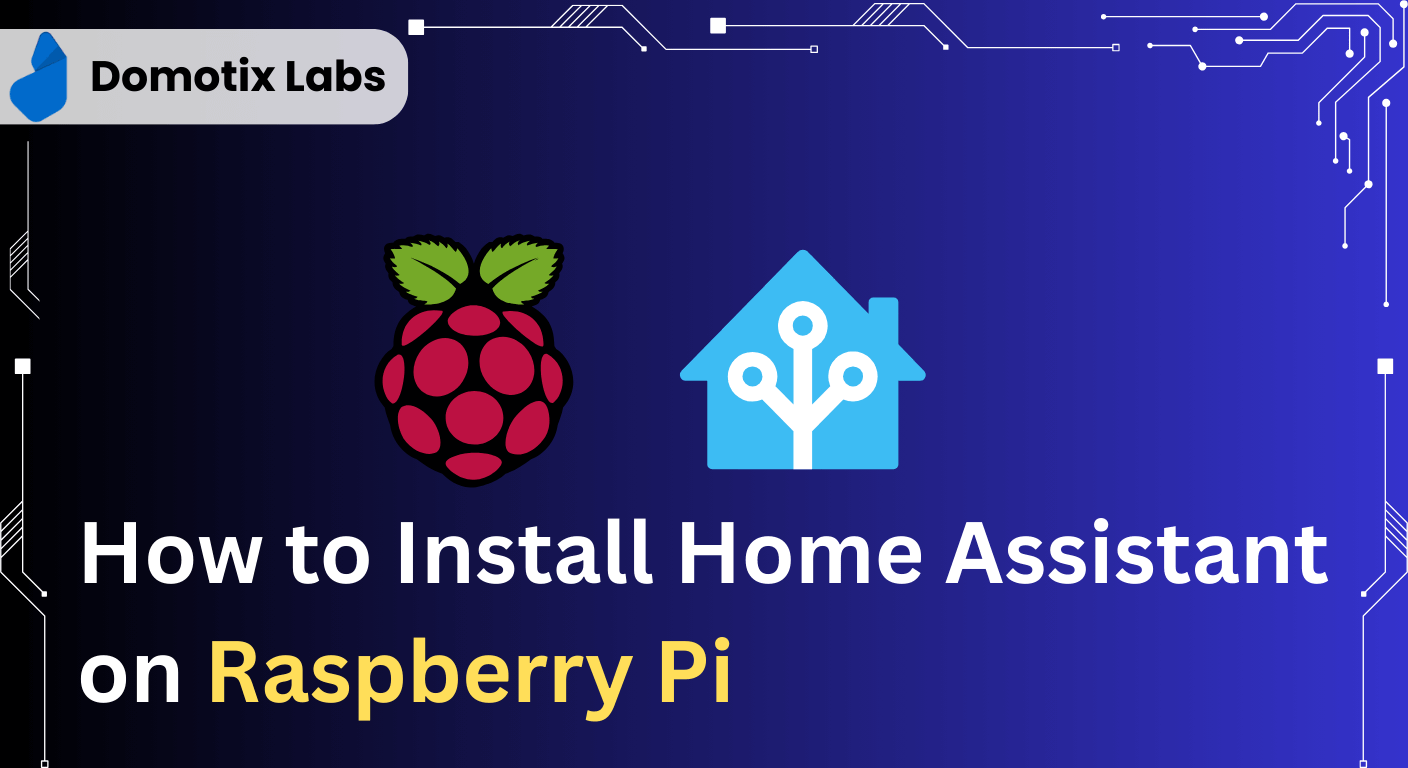Home Assistant is the de facto open‑source platform for home automation, and running it on a Raspberry Pi gives you a low‑cost, always‑on smart hub. In this guide, you’ll learn exactly how to get Home Assistant up and running on your Raspberry Pi 5 (8 GB) in 2025—whether you’re a complete beginner or just brushing up.
What You’ll Need
- Raspberry Pi 5 with at least 8 GB RAM
- Active “Pi” cooler (heatsink + fan recommended)
- Quality 5 V/3 A USB‑C power supply
- NVMe SSD (e.g. 512 GB) plus an NVMe → USB or M.2 adapter
- Micro SD card (8 GB+), and SD → USB adapter
- Ethernet cable (or strong Wi‑Fi)
- A keyboard + mouse and HDMI monitor (for initial setup)
- A Windows/Mac/Linux computer for flashing the OS
- Raspberry Pi Imager v1.8.5
Step 1: Hardware Overview & Assembly
Inspect your Pi 5
- You should see the 8 GB LPDDR4X RAM chips and the 512 GB NVMe SSD plugged into your base.
- Locate the LAN port, the 2× USB‑A ports for keyboard/mouse, and the USB‑C power input.
- Don’t forget the active cooler installed on the CPU—essential for sustained performance.
Prepare your storage
- Insert your micro SD card into the USB adapter.
- Connect the adapter to your computer.
Step 2: Download & Install Raspberry Pi Imager
- In Imager, click “Choose OS → Other specific-purpose OS” → “Raspberry Pi OS (other)”.
- Select the latest Raspberry Pi OS Lite (or Desktop, if you prefer a GUI).
- Click “Choose Storage” and select your SD‑card adapter.
- Hit “Write” and wait for the process to complete.
Pro tip: After writing, use the “Eject” button in Imager to avoid corrupting the card.
► Watch the Full Walkthrough Video Below
Step 4: First Boot & Home Assistant OS Installation
- Insert the flashed SD card into your Pi and connect the NVMe SSD.
- Plug in Ethernet (or set up Wi‑Fi via USB‑to‑Wi‑Fi adapter) and power on.
- The Pi will automatically install Home Assistant OS to your SSD—watch the LEDs blink until complete.
- Wait ~10 minutes for initial setup; the SSD will show steady activity when done.
Step 5: Accessing Home Assistant
- On another device, open a browser and go to
http://<RASPBERRY_PI_IP_ADDRESS>:8123. - You’ll see the Home Assistant onboarding screen.
- Create your first user (email + password).
- If you already have Home Assistant devices on your network, they’ll auto‑discover here.
Step 6: Enable Advanced Mode
- Click Supervisor → Add‑on Store.
- Find “File Editor”, click Install, then Start.
- Toggle “Show in sidebar” so it’s always handy.
- Launch File Editor, then open configuration.yaml to begin custom automations.
Step 8: Install Terminal & SSH
- Set up integrations: Philips Hue, MQTT, Z-Wave, Zigbee, etc.
- Create automations via the UI or directly in YAML.
- Secure your instance: enable SSL, change default ports, and back up snapshots.
Need Professional Setup?
At Domotix Labs, we offer turnkey installations, custom dashboards, and 24/7 support—no guesswork required.
👉 Ready to get started? Fill out our Home Assistant Installation Request Form and we’ll take care of the rest!
What’s Next?
- Set up integrations: Philips Hue, MQTT, Z-Wave, Zigbee, etc.
- Create automations via the UI or directly in YAML.
- Secure your instance: enable SSL, change default ports, and back up snapshots.
Tip: Check the Home Assistant community forums for the latest recipes and troubleshooting.




